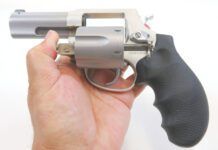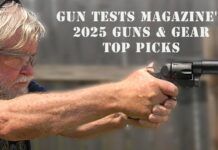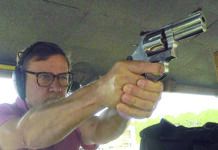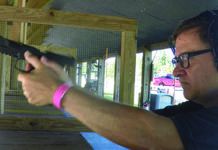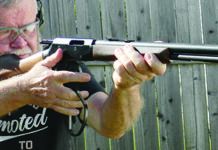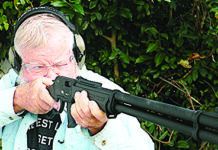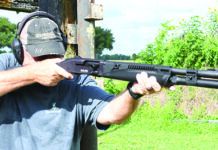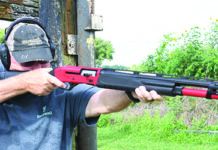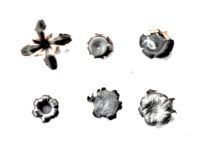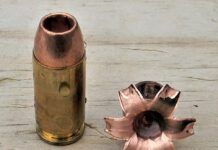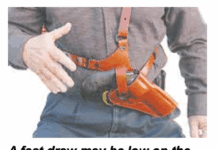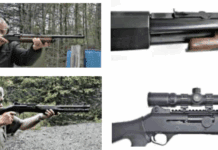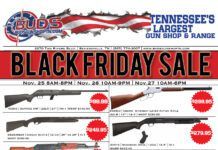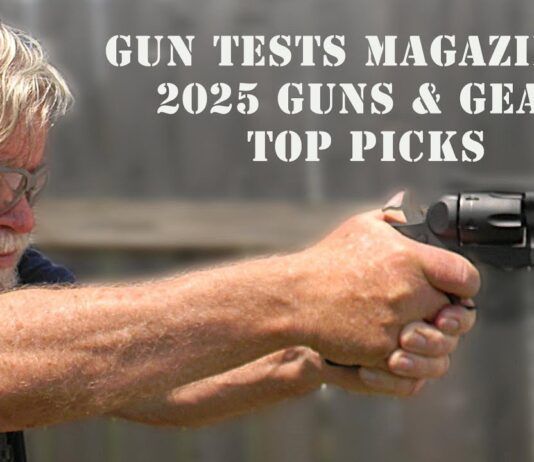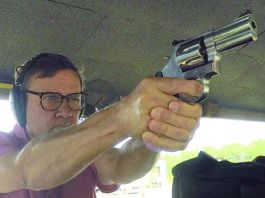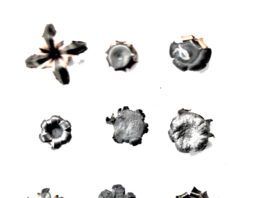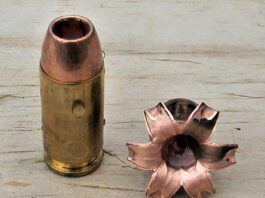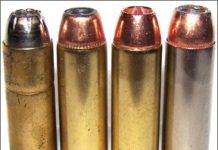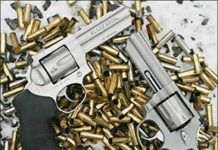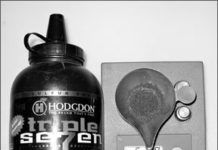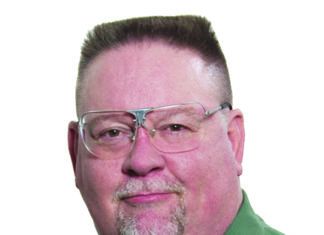AZ Hunters: Buy Nonlead Ammo ASAP
How Long Does Powder Last?
Powder manufacture requires a lot of acid. The various chemicals used to create gunpowder all have to be pure, many acidic, and the end result is a product that has to have the acid neutralized. When you open a can or jug of powder, it will smell sour. That is the residual base neutralizer left to counter any latent acids that werent fully washed away.
Stored in a cool, dark location, powder can last decades. Many decades. If not, it will last only a short time. If you re-open a storage container and it smells acidic or sharp or doesnt look like the others of that type, it probably has gone bad. Trying to use it is simply asking for trouble. As a highly nitrogen-based compound, it makes good fertilizer, as long as it is soaked with water as soon as you pour it out. Soak it, disperse it and leave it alone afterwards.
For additional advice and information on the best reloading equipment and techniques to use for your needs, purchase "Reloading for Handgunners" from Gun Tests.
Brass Life
How long will my brass last? Good question. And as with so many questions in life, the answer starts out with, It depends. First off, is it brass with a reputation for fragility? The cowboy .38-40 and .44-40 cases are classic examples where a sight dent on the case mouth (in some production batches) can damage a case so much it wont reload at all. So, treat them gently.
Other cases are indestructible, the .45 ACP being one of them. It is large and easy to handle. It is sturdy and operates at a low pressure. I have .45 ACP cases on hand that have been reloaded so many times that you cant read the handstamp from the battering the ejector delivers on each shot.
Pressure also matters. The higher the pressure, the more the case is worked and the shorter its useful life. The match between chamber size and re-sizing die size also matters. If the chamber is too big, and the sizing die is at the bottom end of the allowable specs, the case will be over-expanded and then sized down past the average. That works it even more, shortening its useful life.
In a test that is still relevant to this day, one of the writers of Guns & Ammo reloaded some .38 Special cases to see how long theyd last. It was the common target load of a 148 grain wadcutter and 2.7 grains of Bullseye, with the dies adjusted to work the case as little as possible while still providing proper ammo function. After a dozen loadings with no change, he gave up on the batch and simply loaded a single case over and over. 144 loadings later, he finally noticed a tiny crack in the case mouth.
The more careful you are to treat your brass gently, and the more you avoid brass-busting pressures, the longer your brass will last.
If you stay within the proper limits, most cases will last a dozen loadings or more, which makes the per-shot cost of the brass cases, if you had to buy them to start with, just about nothing. And if you get brass free, or find it at the range, so much the better.
For additional advice and information on the best reloading equipment and techniques to use for your needs, purchase "Reloading for Handgunners" from Gun Tests
Hodgdon – American Family, American Entrepreneur
The Hodgdon name is recognized by almost every shooter. Whether one handloads for cartridge arms or shoots muzzleloaders, the company has products specially tailored for virtually every shooting application. To appreciate the historical importance and impact of Hodgdon in America, we really need to look at two similar entities, distinct, yet intertwined.
Hodgton is known as The Gunpowder People, and for good reason. The company supplies handloaders and ammunition manufacturers with a comprehensive assortment of propellants for all sorts of firearms, and is always coming up with innovative products to fill yet another reloading niche. Its a corporate kaleidoscope, where new reloading combinations are continually forming, much to the delight of shooters. Plus, comprehensive loading data for its products are available from the company, free for the asking.
Theres another equally important facet of Hodgdon. The Hodgdon family includes not only those folks who are related to the companys founder, Brewster (Bruce) Eltinge Hodgdon, but also the employees of the company, who are considered part of the family - kin and kith.
While Bruce was always interested in shooting, he swerved into the powder business in a roundabout way. Rumor has it that, around the start of World War II, Bruce was talking with a friend who lamented that the government had burned tons of leftover gunpowder after World War I, simply because there was no market for it. Bruce surmised that a similar situation might exist after World War II. He also figured there would be a demand, so he started investigated just what hed have to do to buy surplus gunpowder from the government. On November 26, 1947, using his life insurance policy as collateral, he borrowed the princely sum of $1,500 from his bank. After cutting through seeming miles of red tape, he found himself the owner of 50,000 pounds of surplus 4895. Now what?
Bruce wasnt really sure whether there were enough reloaders who would buy it. Recall that, in those days, right after the war, returning GIs were busy building homes and families and didnt have a lot of spare cash to spend on guns and ammo. Further, handloading was still in its infancy. Many shooters regarded the practice as dangerous alchemy, and ammunition companies did nothing to dissuade people from that notion; handloaders were competition.
Nevertheless, Bruce persevered. He moved an old boxcar to a rented farm field to store the powder, placed a one-inch ad in American Rifleman, and waited. Fortunately, he was right about the demand, and the orders came. A 150-pound keg of 4895 sold for all of $30, plus shipping. And, so, in 1947, an American icon was born. In 1952, B.E. Hodgdon, Incorporated, was formed. As for the $1,500 note? Bruce paid it off on February 11, 1948, just 76 days after the loan was obtained.
When the supply of government surplus powders ran out, the company turned to newly manufactured propellants ranging from smokeless to blackpowder and it substitutes, all with unique features tailored to specific uses. The company ventured into various retail businesses, too, but these were ultimately sold so the firm could concentrate on its core business, propellants.
In 1947, Hodgdon bought what was then rural land and built a new office building, where it remained for 65 years. However, as the decades rolled on, a residential/commercial city evolved around them and, as the company grew, it needed more space.
In August 2011, Hodgson bought a new and vacant building in Shawnee, Kansas, about eight miles from the original offices. The move was completed in April 2012. The new digs provide 9,000 square feet, compared to 3.500 in the original, a welcome addition for the thriving entity.
Today, Hodgdon has three facilities. The main office, as noted, the packaging and distribution plat in Herington, Kansas, and the Goex Black Powder Co. in Doyline, Louisiana. There are 16 employees at the main office, about 45 to 50 in Herington, and about 30 at Goex. It is important to note that the Hodgdon Company is family owned, but is not family run. A board of 11 directors provides the leadership, but only four are members of the Hodgdon family. In fact, the company has strict protocols that must be followed before a family member can be considered for a managerial position in the company.
To read more about the history of Hodgdon and many other great firearms and ammunition companies, get a copy of The 68th edition of Gun Digest. The 560 page volume not only carries detailed round-ups of all of todays firearms, ammo and optics but dozens of articles and features on all types of shooting and firearms and the companies behind them. To read more like this, purchase "Gun Digest 2014, 68th Edition" from Gun Tests.


